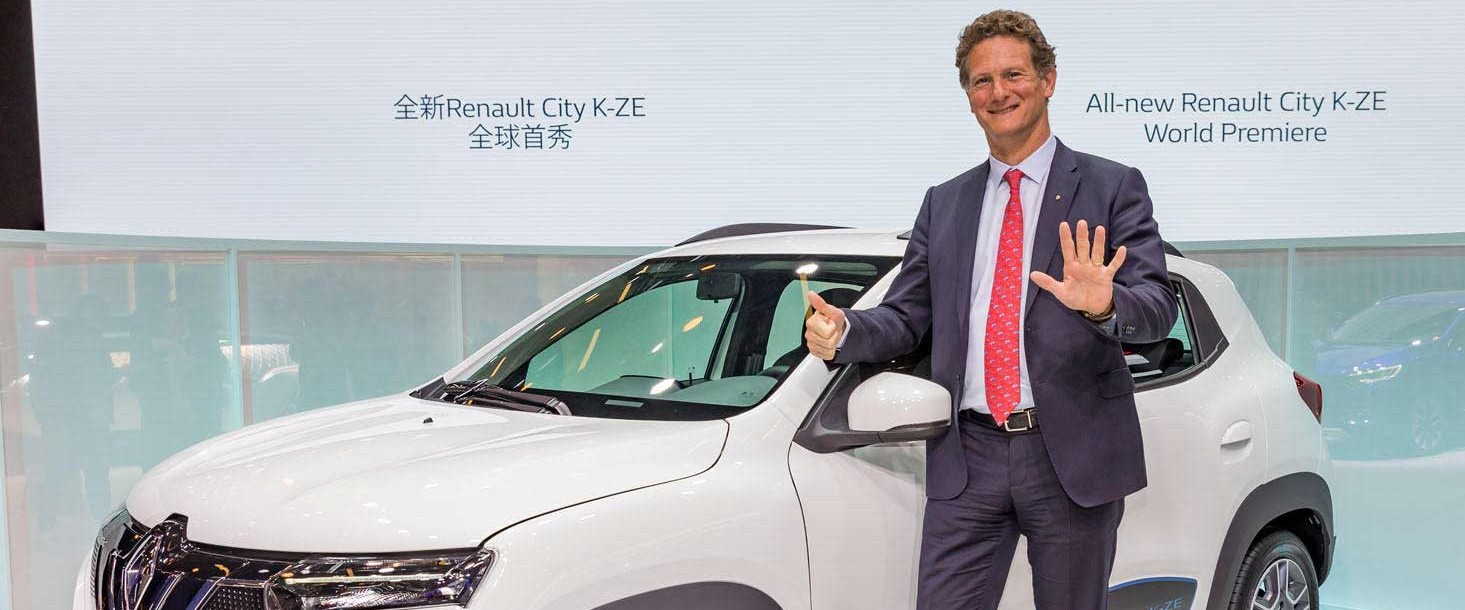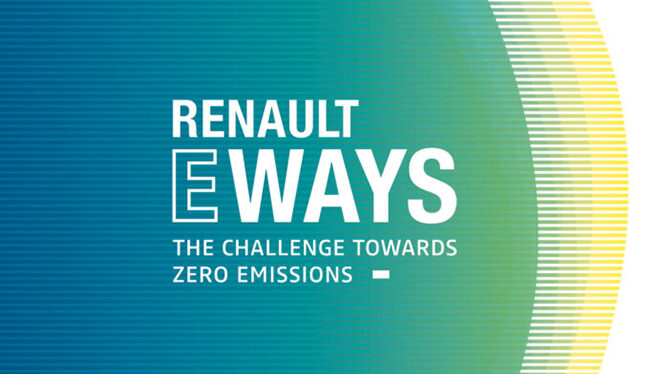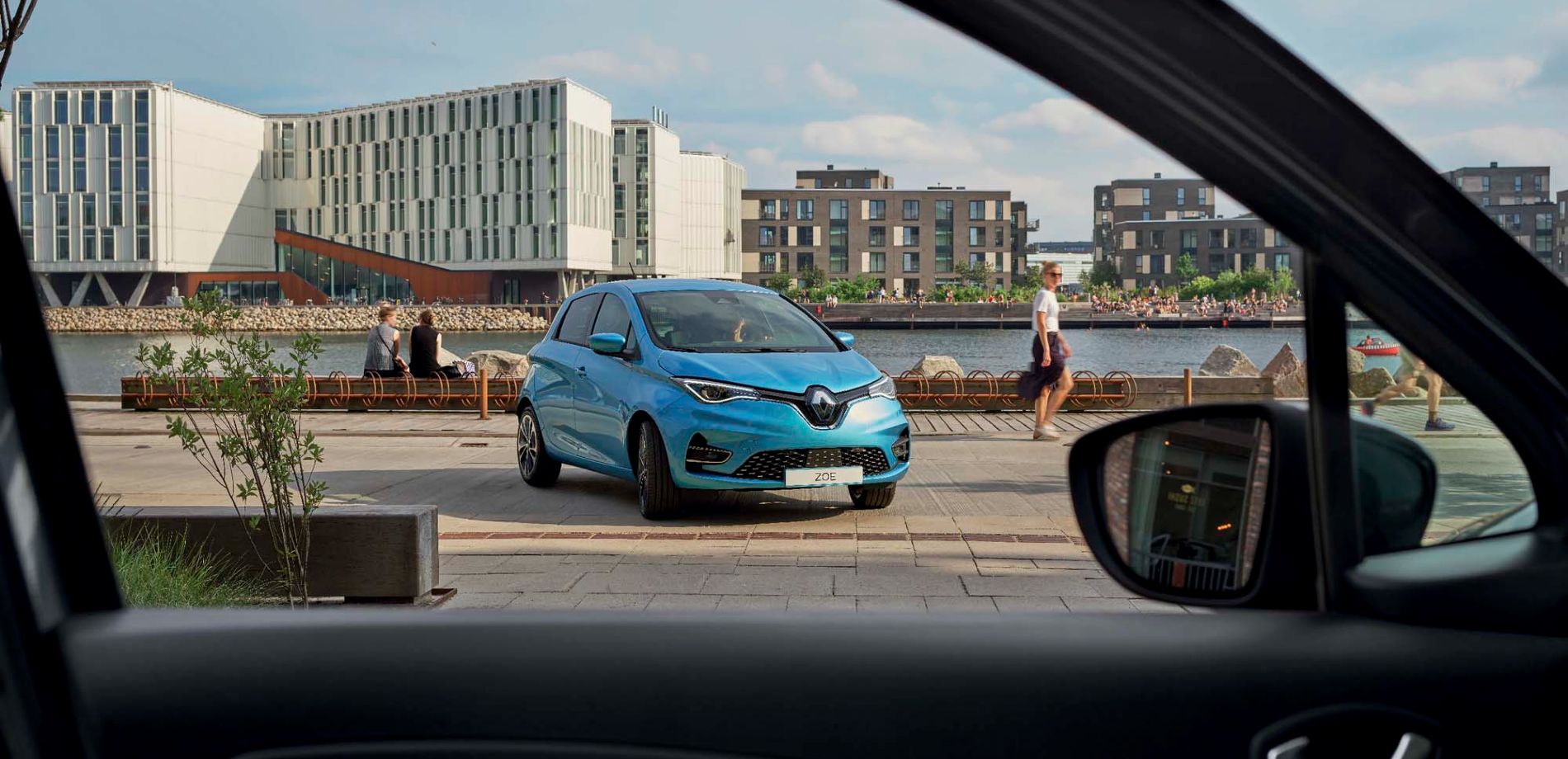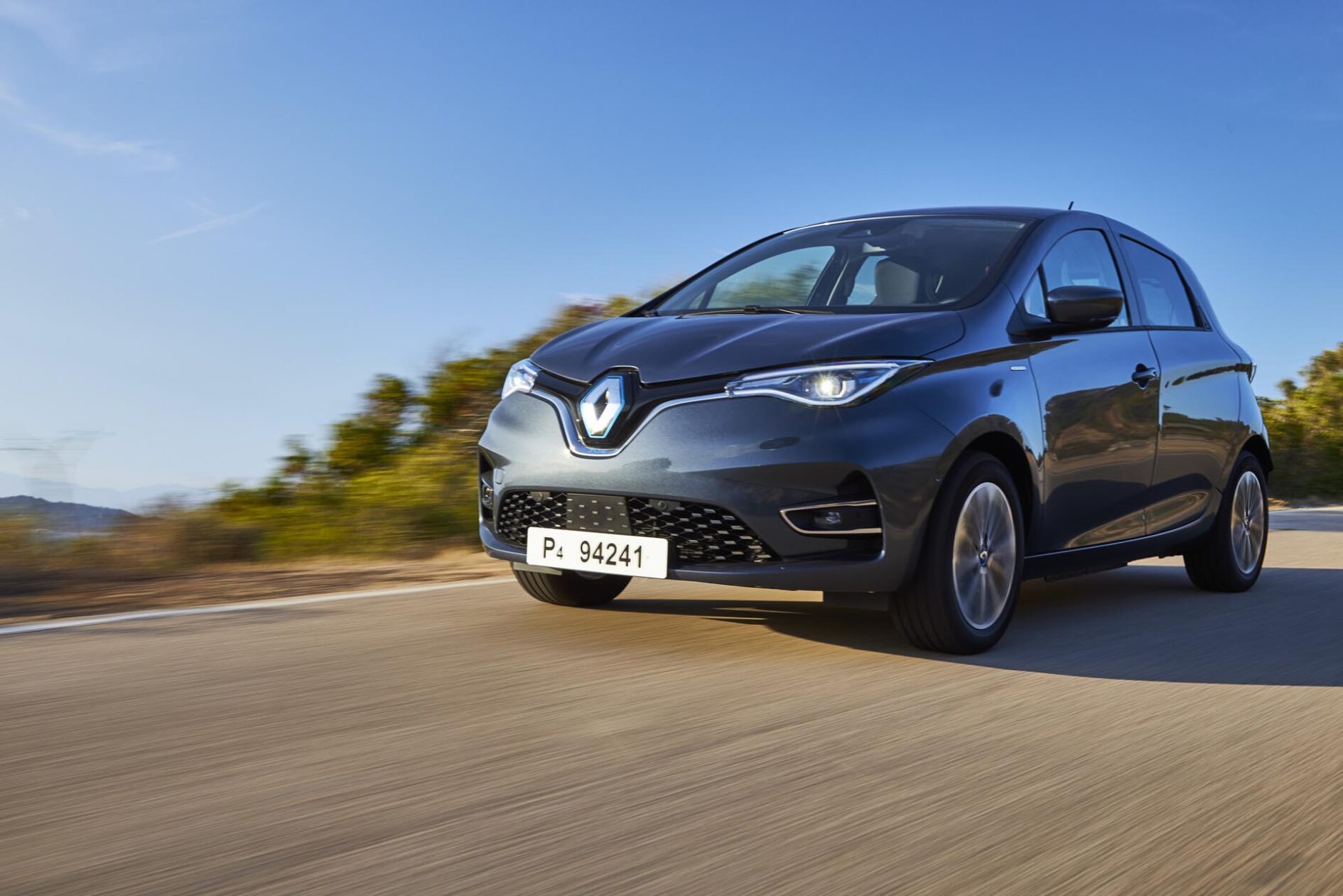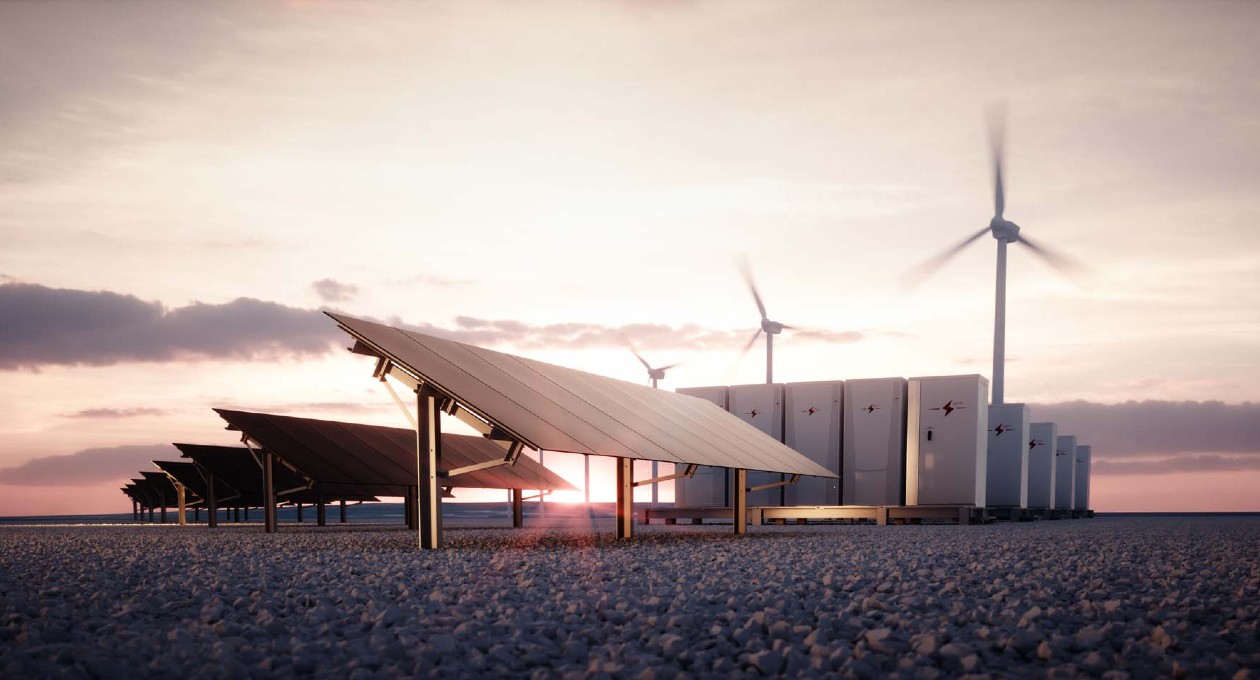

What have been the salient features of the Chinese car market in recent months?
The growing demand for electric vehicles in the world’s largest car marking is palpable. Several start-ups are entering that market segment while well-established global players are unveiling new offers.
That’s the context into which Renault is bringing the 6th model of its electric vehicle range, the Renault City K-ZE, to market at the end of 2019.
Why is electric mobility experiencing such a boom in China and in Europe?

Even if the spectacular increase in sales of electric vehicles in China (around 185% for Q1 2019!) is in part due to the impending reform of the subsidy system, the underlying trend cannot be denied. Last year, sales of new energy vehicles increased by 79% to reach 1,100,000 units, or 4.2% of the light vehicle market. And in March, electric vehicles made up 5% of the Chinese market.
In the country’s large cities, the purchasing of a car is heavily regulated: those hoping to buy a vehicle must contend with a lottery system. By choosing to drive electric, you have a 1 in 10 chance of being selected. Compare that to, at best, a 1 in 1,000 chance if you want a model with a combustion engine!
Across the globe, Europe is the other region of the world where new car registrations are increasing the most (up by 84% in the 1st quarter).
Why are the electric vehicle models being sold in these two regions different?
Because the way they are used is different. In China where most trips are on the shorter side, electric vehicles are a natural fit in smaller and less densely populated cities. There, electric vehicles are replacing micro-vehicles, motor scooters and other two-wheeled vehicles, partly for safety reasons.
The capacities of the current generation of electric models meets the needs of 85% of car travel. That’s one of the reasons the Chinese market took off so quickly.
In contrast to the Chinese, Europeans tend to take longer journeys by car, to go on holiday, for example. In Europe, due to its image as a vehicle with a limited driving range, the electric car is still seen as a city car or as a second household vehicle. But luckily the actual patterns of use are changing!
A little over half of ZOE buyers live in rural areas and have a home charge point. And even when an electric car is not a household’s only vehicle, it tends to wind up being the one used the most, due to its low usage costs and a sufficiently extensive range for everyday trips.
Besides driving habits, what are the other differences between the Chinese and European markets?
The average Chinese consumer is more tech savvy, which leads manufacturers to increase the number of screens inside their vehicles.
As the automotive industry enters the era of autonomous vehicles, the challenge is to find a balance between safety requirements and customer demands for “infotainment”. Content that blends news with entertainment is more and more popular in China!
In China, as the automotive industry enters the era of autonomous vehicles, the challenge is to find a balance between safety requirements and customer demands for “infotainment”.
Gilles Normand, Director of Groupe Renault’s Electric Vehicle division
Are there more differences between Europe and China than there are commonalities?
No, and regardless of these differences on minor points, Chinese and European consumers agree on two fundamental issues: that electric vehicles are fun and enjoyable to drive, due to the absence of noise and vibrations, and that they contribute to the fight against pollution. Buying an electric car is an act that demonstrates responsibility. So there’s nothing surprising about the fact that this market is growing at an unprecedented rate.
This growth in the Chinese and European markets has encouraged Groupe Renault to develop its strategy of marketing electric vehicles at a large scale and making them accessible to the greatest possible number. Launched ten years ago, this policy has brought us to today, when the Group is able to maintain its status as the leader of electric vehicles in Europe while increasing its presence in the Asian market.
Copyrights: iStock, Renault Communication, Olivier MARTIN-GAMBIER
